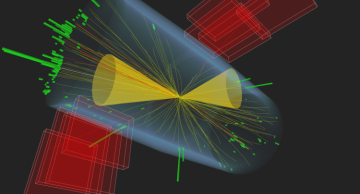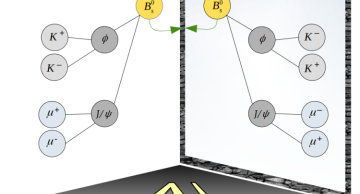For the past four months the LHC has been ramping-up the intensity of the beams, creating billions of 7 TeV proton-proton collisions. This has enabled CMS to study a variety of known physics from the Standard Model, including the "re-discovery" of…
News
|
achintya |
Physics
|
achintya |
Physics
The first 7 TeV (3.5 TeV + 3.5 TeV) collisions took place on 30th March 2010, starting around 1pm local (Geneva) time and lasting for about 3.5 hours. Read the CERN Press Release here.
The CMS detector and its collaborators are all eagerly awaiting…
|
ajafari |
Physics
The recent results from the Muon g-2 Collaboration have added to the growing tension between the measured and predicted values of the muon’s magnetic moment. The equivalent measurement of this property for the electron is a cornerstone of quantum…
|
ajafari |
Physics
When we look at ourselves in a mirror, we see a virtual twin, identical but with left and right inverted. Charge-parity (CP) is the equivalent of a mirror for fundamental particles. If the symmetry was respected in nature, each particle would see a…
|
ajafari |
Physics
New in! CMS physicists search for heavy cousins of the neutrino in beauty meson decays
Back in 2018, the physicists of the CMS experiment designed and recorded a B-meson-enriched data sample, the “B-Parking” data set. The B mesons (short for…
|
ajafari |
Physics
From time to time, we need to take our cars in for a checkup to make sure everything is up to speed, and here we check up on how well our CMS detector is working. The CMS detector is one of the main detectors at the Large Hadron Collider (LHC) at…




